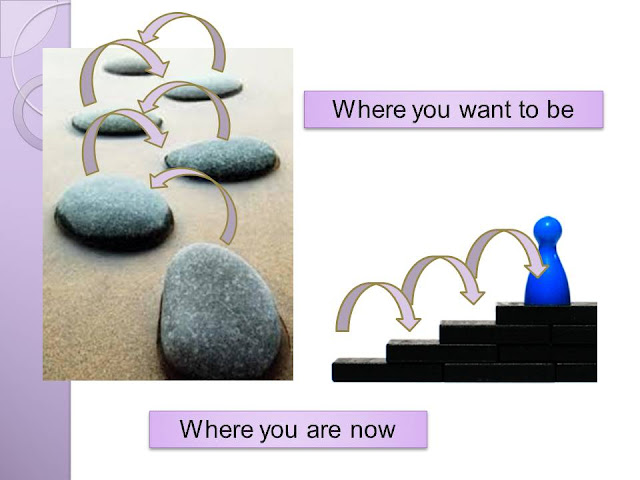 |
| Claudius Ptolemy |
It took Copernicus and Galileo in the 16th and 17th centuries to dispel the notion that everything revolved around us. Instead, our cosmos was a heliocentric one, revolving around the sun. We were not the center of the universe, after all.
In one respect, however, I argue that Ptolemy’s geocentric view persists in modern-day. That many of us think and act as if world still revolved around us, somehow.
 |
| (image credit) |
For many people, there is clearly a focus on their own point of view and their own interests and needs. I don’t think that the vast majority of us are outright egotists or narcissists, but this kind of self-focus seems rather common.
One of the often-referenced psychologists is Maslow, and his hierarchy of needs prompts us to aspire to self-actualization, after our basic needs are met. This, along with personal independence, autonomy, and freedom, are ideals in Western, democratic culture.
Some Asian philosophy emphasizes self-discipline and self-awareness, for example, in martial arts. The notion of the self and the purpose of self-focus differ significantly, however, between Western and Asian ideology.
Still, this emphasis on the self is inculcated in many of us.
Fundamentally speaking, we have no other choice but to look at ourselves and the things around us from our own point of view. In a literal, physical sense, for example, I can see these trees around me only with my own eyes. Not yours, not anyone else’s.
So is this bad, and why is it a dilemma?
No, it’s not necessarily bad. Our attention to ourselves, and our view on things, help us make sure we’re safe and comfortable and help us understand what goes on around us.
But here’s an important point in The Core Algorithm: To achieve our goal, to solve a problem, to fulfill our purpose, we must step outside of ourselves. Moreover, we have to leave the present and go into the future.
 |
| (image credit) |
Some meditation practices train our mind to the here-and-now. There is a lot of truth in zen, for example, that there is only the present moment, and nothing else. The past is past, and it cannot be changed. The future is the future, and it’s full of exciting and unknown possibilities.
But self-centeredness and here-and-now are dilemmas, because to accomplish even the simplest of goals and to solve even the simplest of problems require us to weigh, and go to, there-and-then.
How do we deal with this dilemma?
The resolution is balance.
 |
| (image credit) |
Can we really make our future?
 |
| (image credit) |
Sports analysts and fans alike love a prediction. In professional basketball in the US, for example, the Miami Heat and Oklahoma City Thunder battled for the NBA championship in June 2012.
From what I recall, experts on ESPN sports were split on which team would win the series and in how many games. Regardless, though, the predictions were that it would be a tough, competitive series, maybe going the full seven games, to determine the champion. After all, they were both superb, evenly matched teams.
However, not many of those experts, or we fans ourselves, would have predicted how dominant the Miami Heat would be. After losing the first game, they won four-in-a-row to clinch the Larry O’Brien trophy.
Predicting the future is not an easy thing. Nassim Nicholas Taleb in his amazingly thoughtful book ‘The Black Swan,' argued that predicting the future is so complicated, and perhaps so random, that both experts and laypeople are just as equally to be right (or wrong) about it.
My reason for bringing this up is, The Core Algorithm is about making the future, not predicting the future. This is an important distinction.
Remember, Step 1 is ‘Begin with the end in mind.’ It’s about a vision, realized. It’s about a target or objective, achieved. It’s about a problem, solved. All of these ‘sit’ in the future.
Then, Step 2 'Walk backwards to map the pathways' and Step 3 'Walk the pathways' aim to help you make that future a reality by offering practical, effective methods for doing so.
A simple example
We have an image in our mind of how we need to look for work or school.
When we get out of bed, that image is obviously in the future. We go through the paces of getting ready, then, and we do so in a particular sequence of steps that suit us best. So by the time we head out the door, we have made that particular future a reality: hair, brushed; makeup, applied; and business suit, looking good.
We have literally fashioned ourselves into that future image we had in our mind minutes before.
Again, it's just a simple example. But because this is essentially an algorithm, it can be applied in a wider array of situations, with far more complex issues than getting dressed in the morning. Over the next three parts, we tackle those situations and issues.
The Core Algorithm makes the future a real possibility.
© 2013 by Ron Villejo, PhD


No comments:
Post a Comment